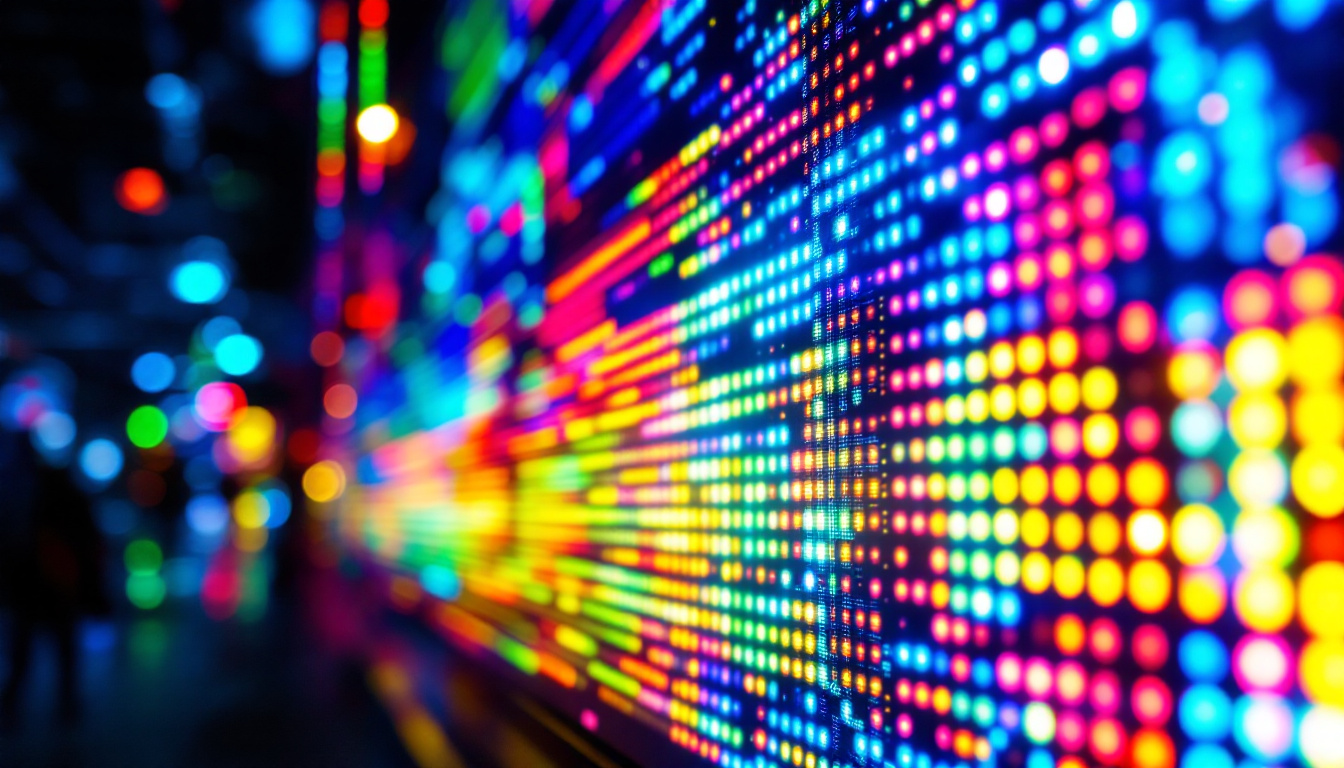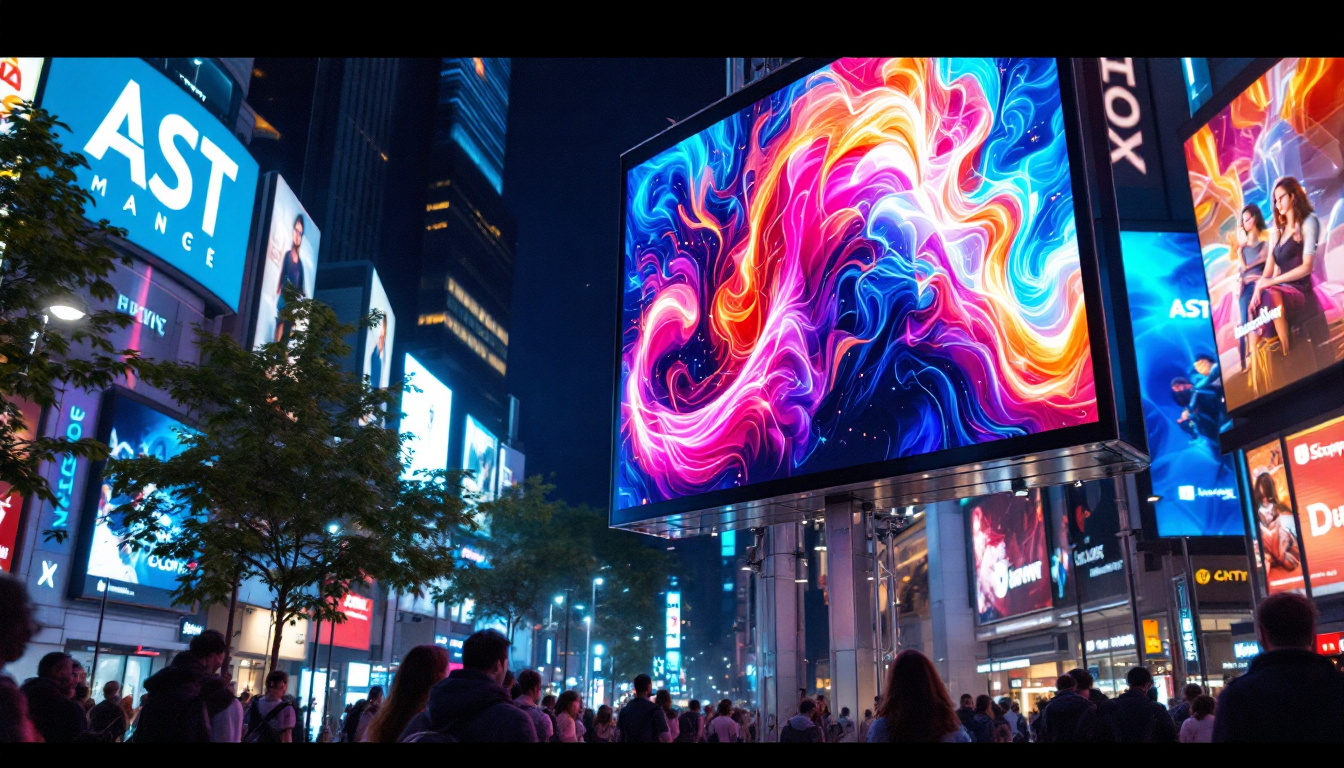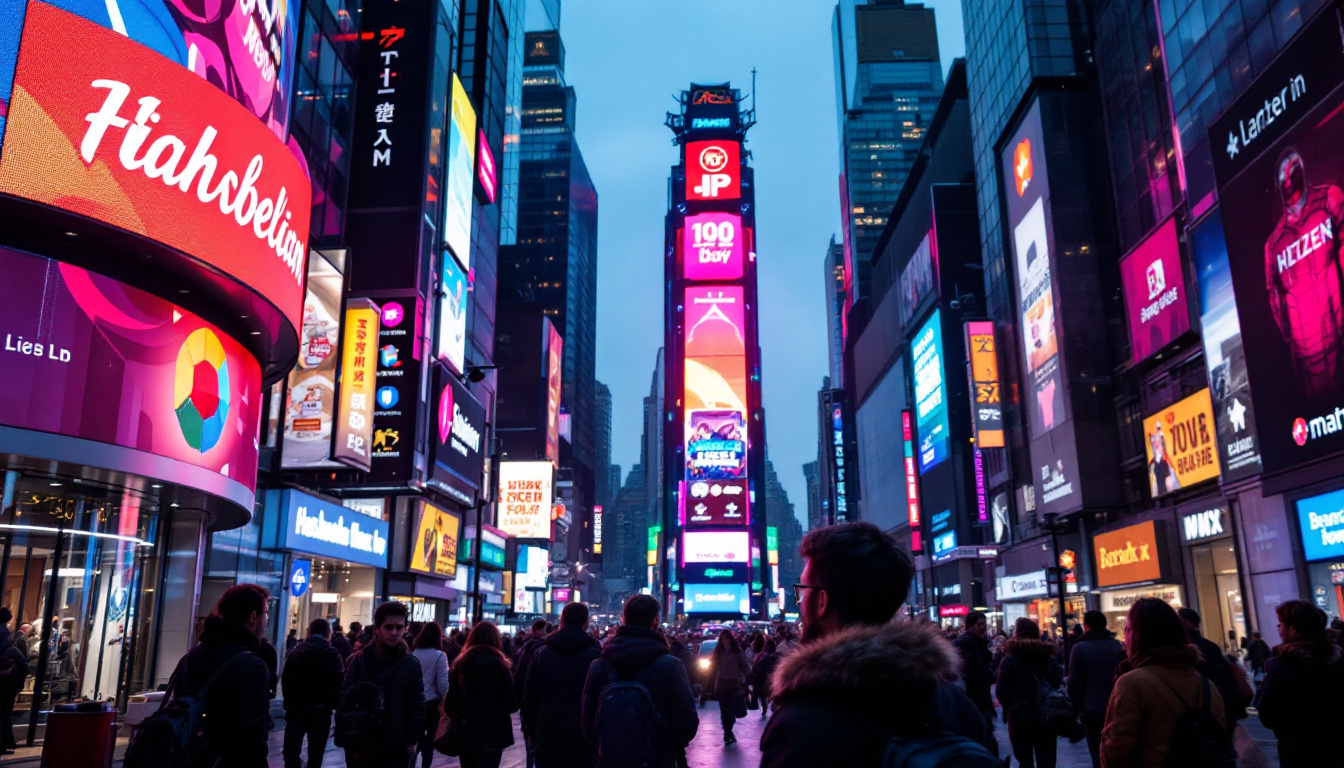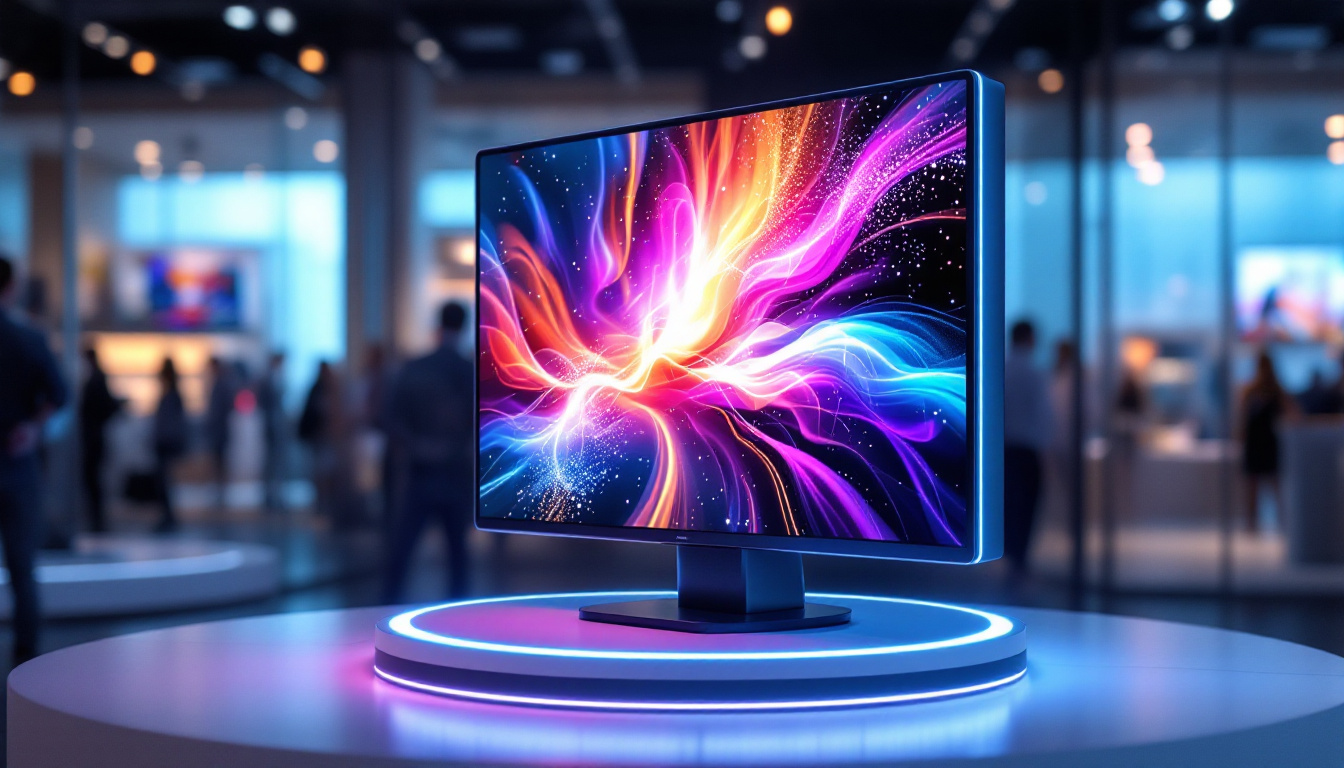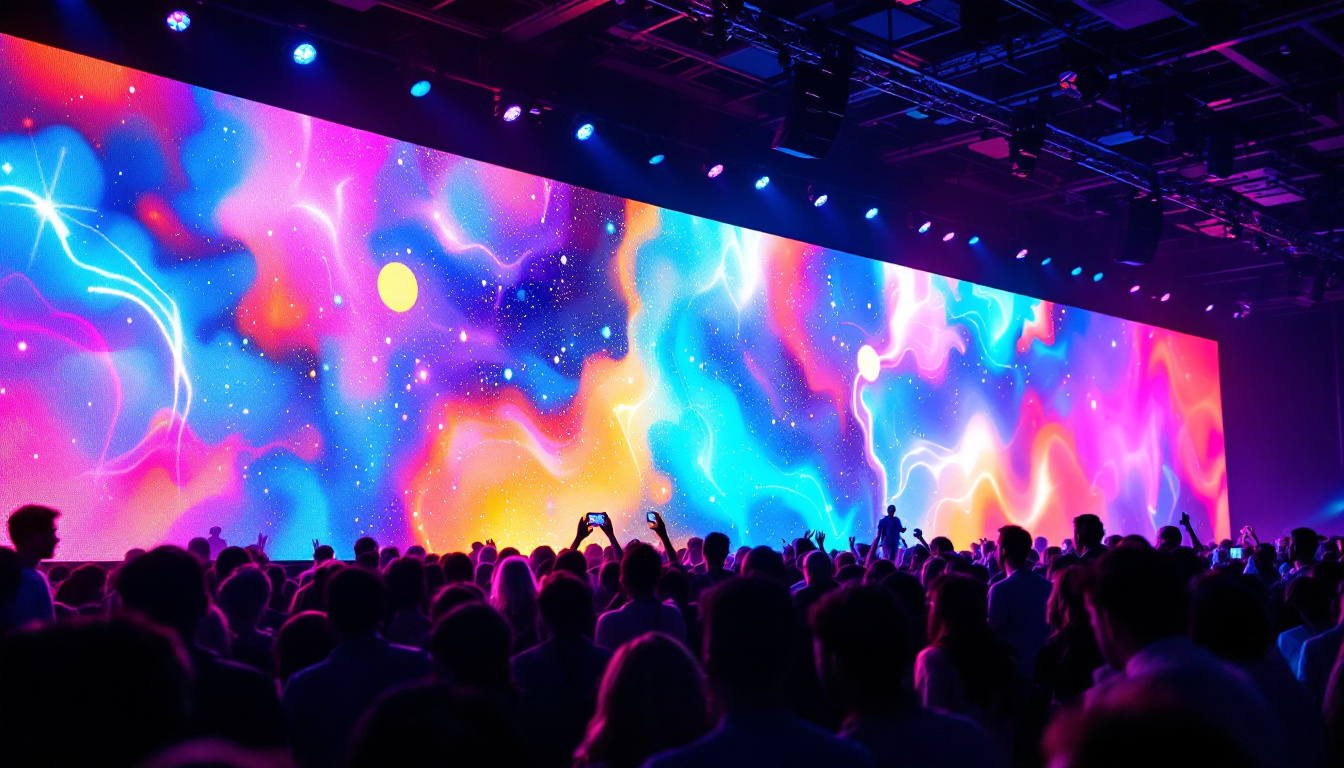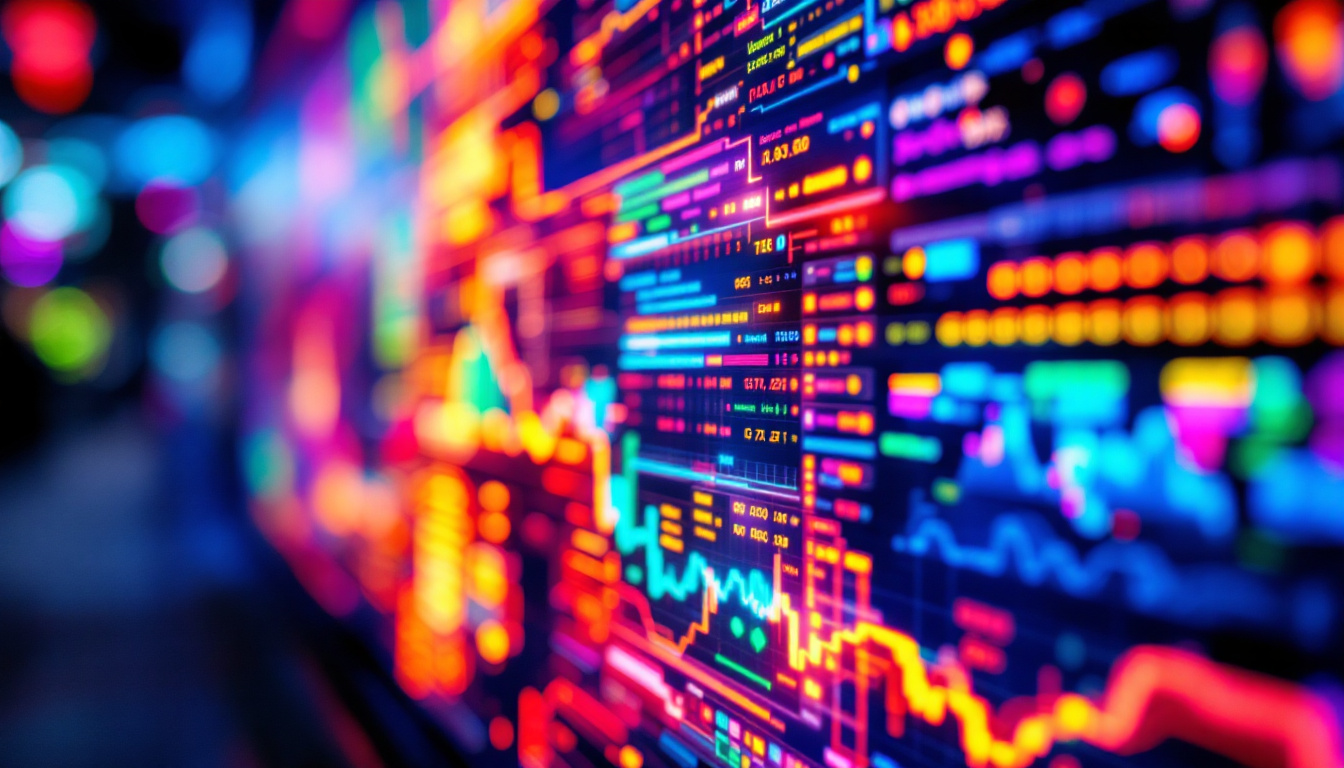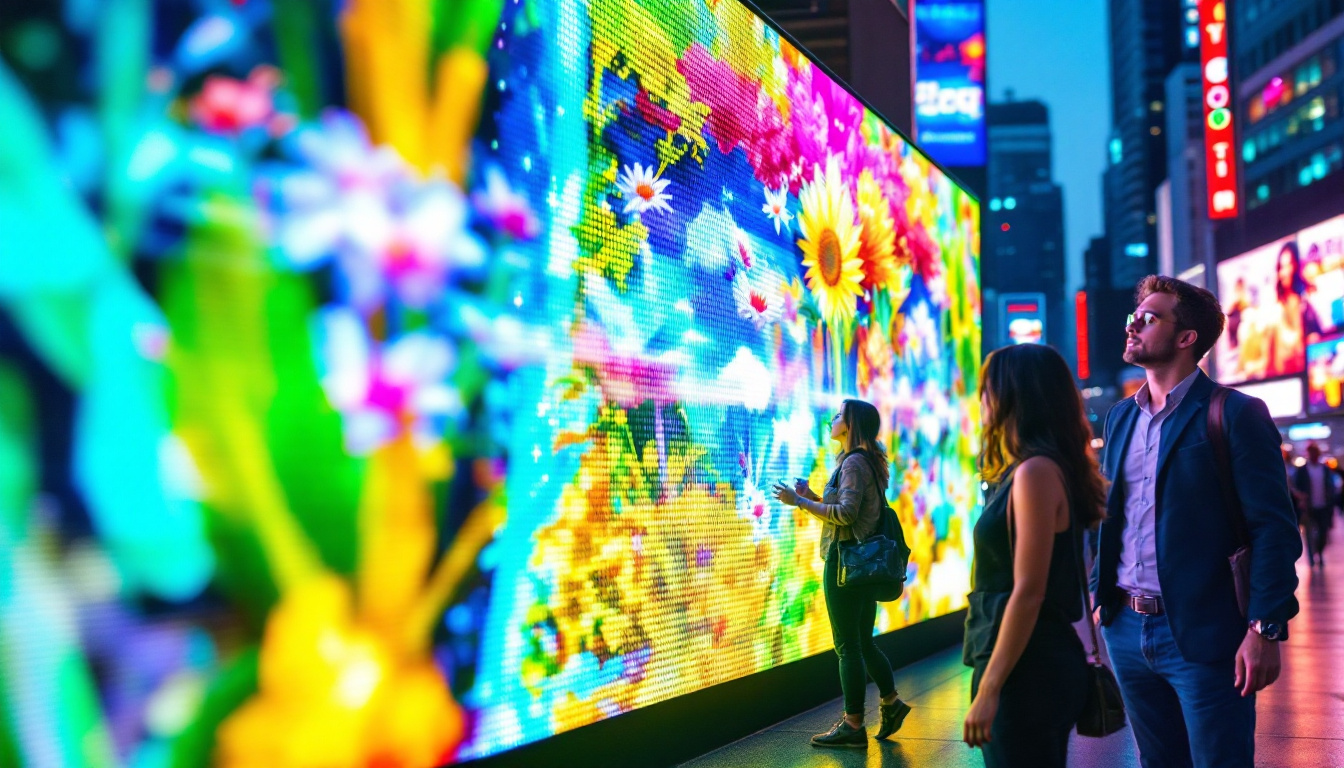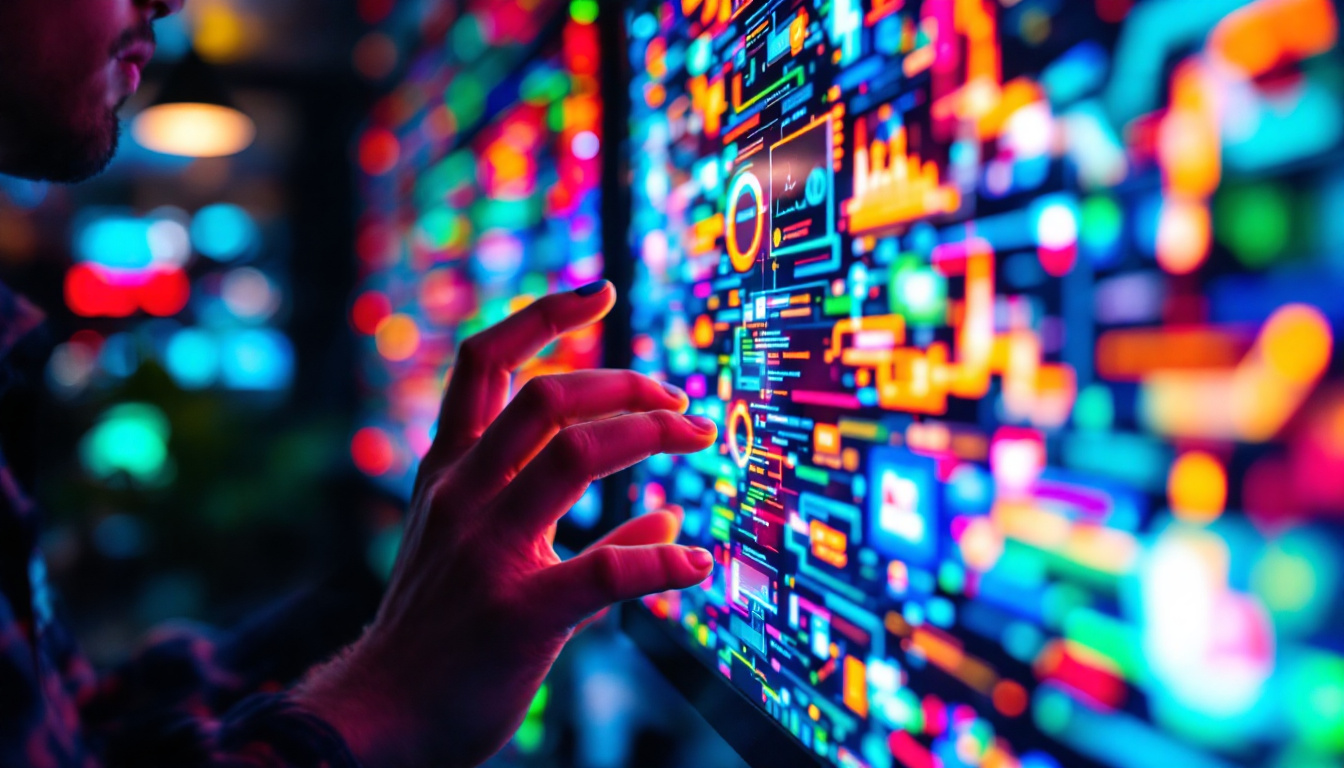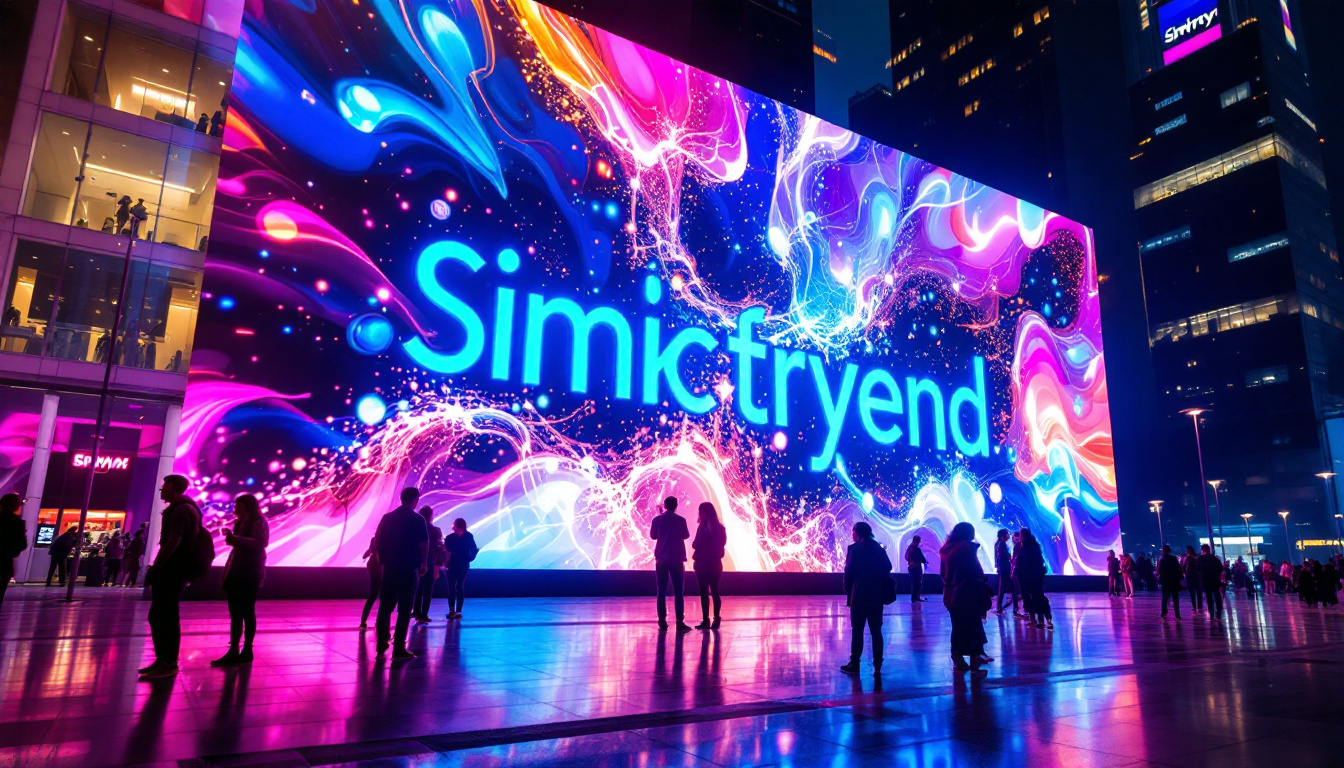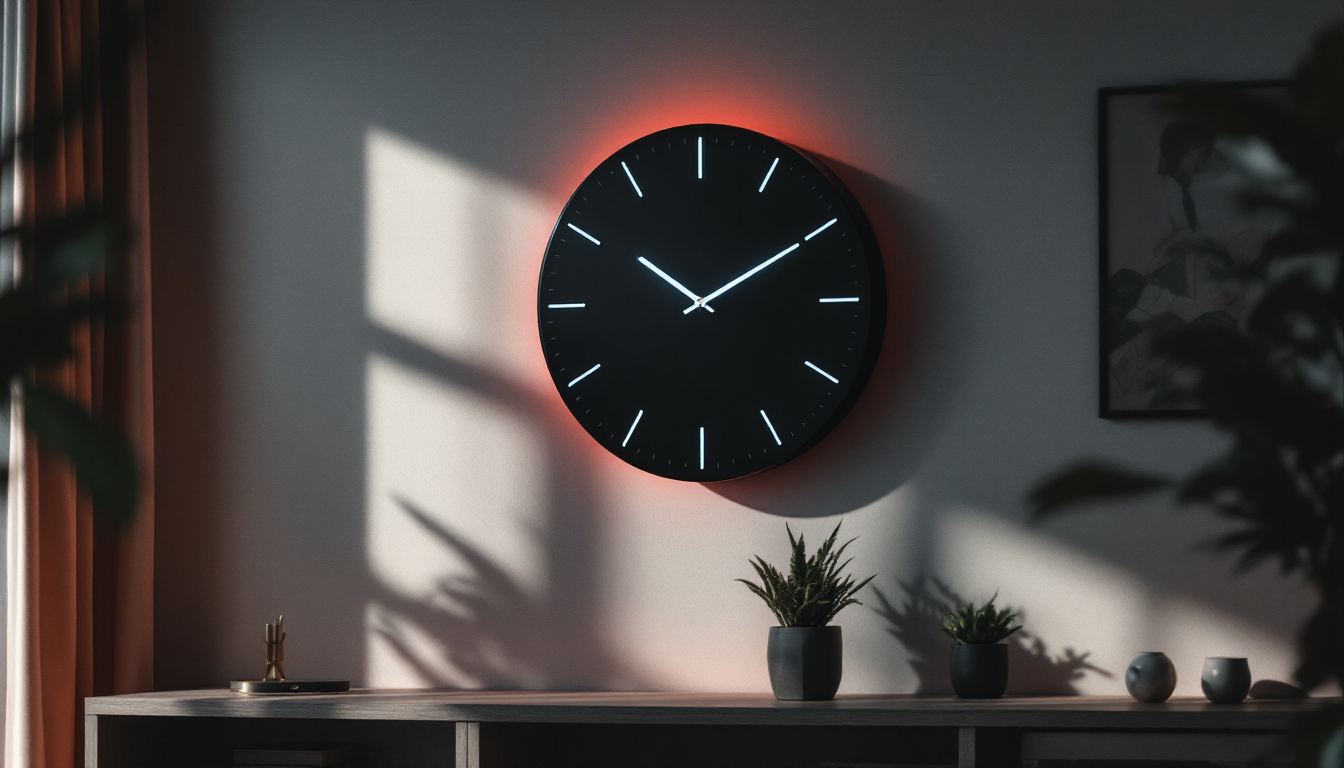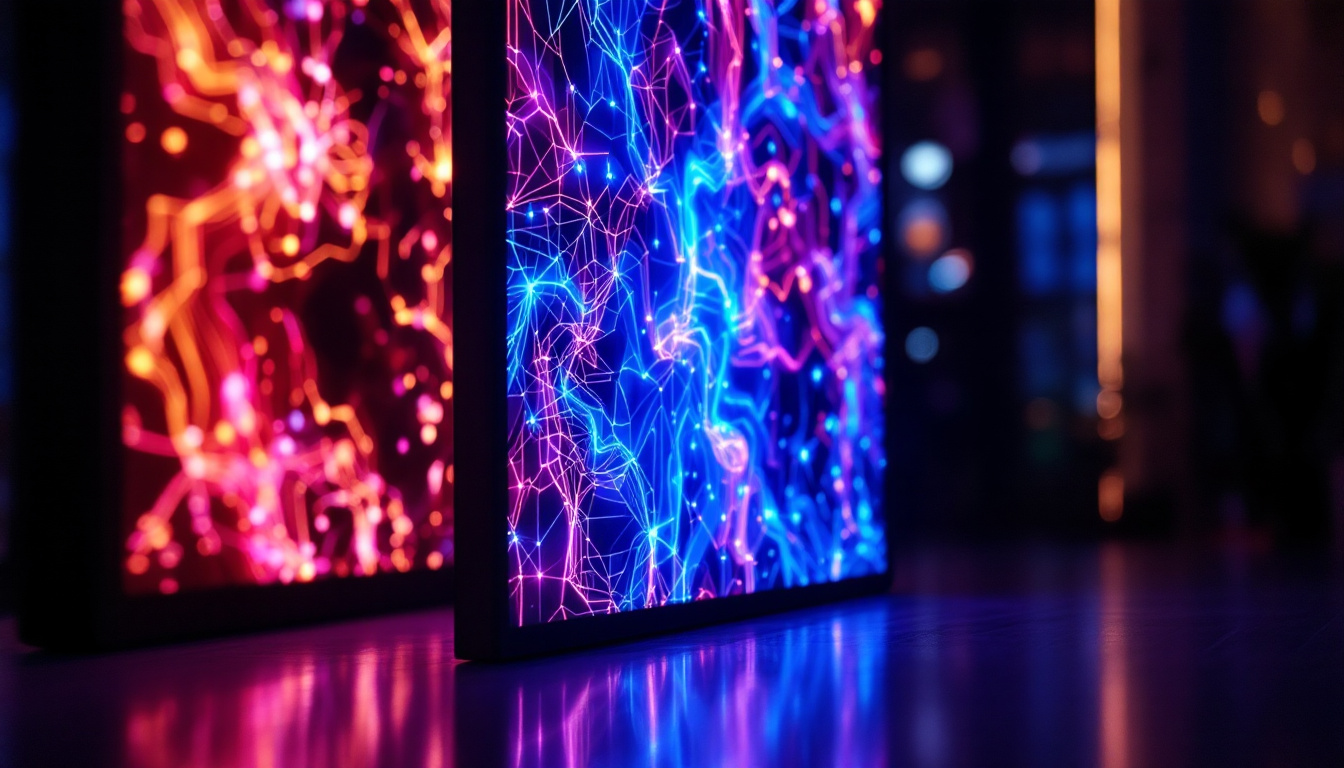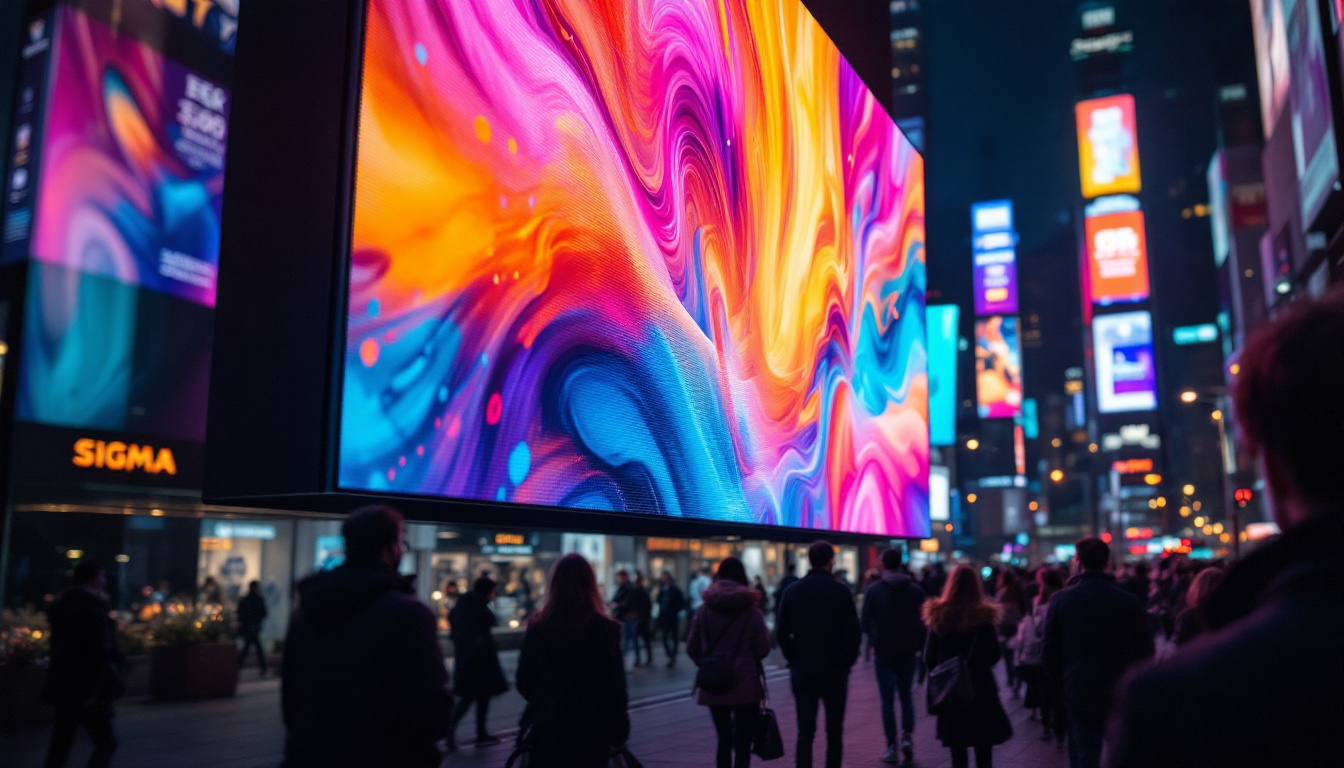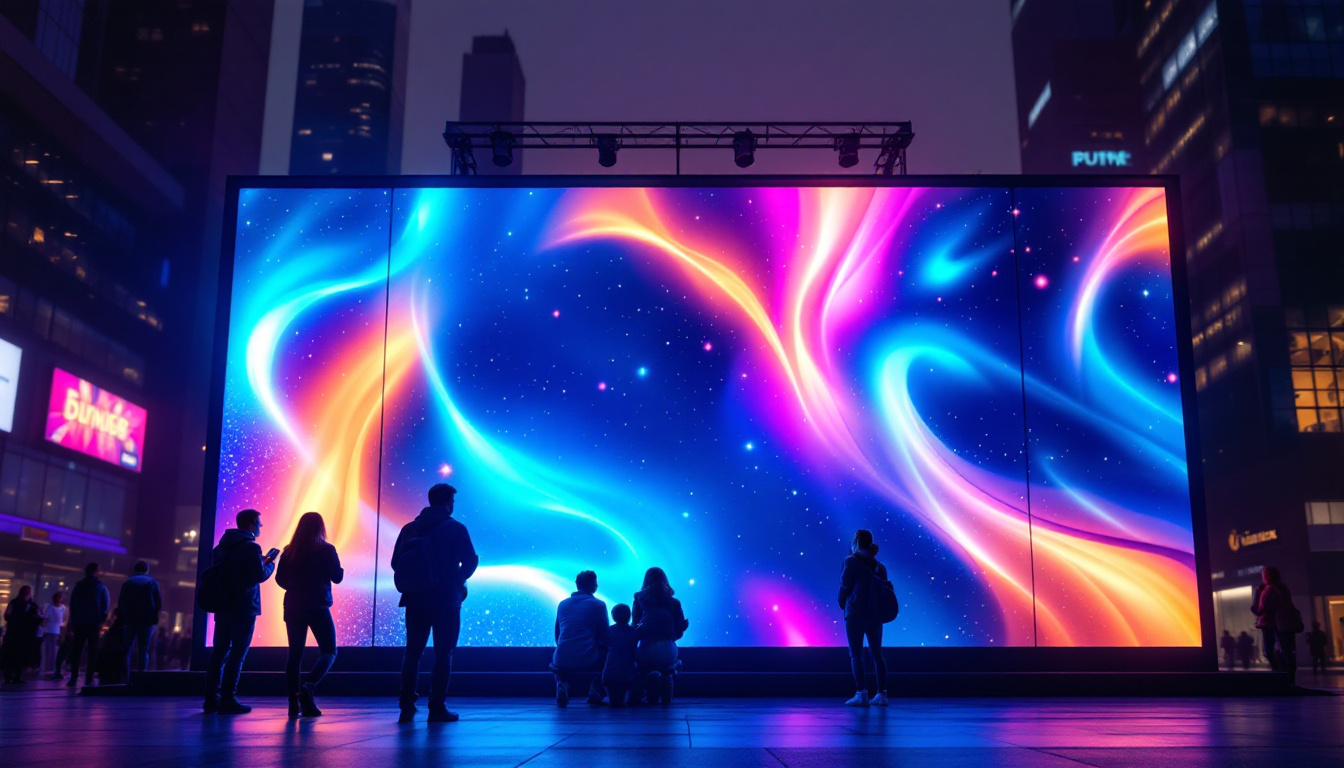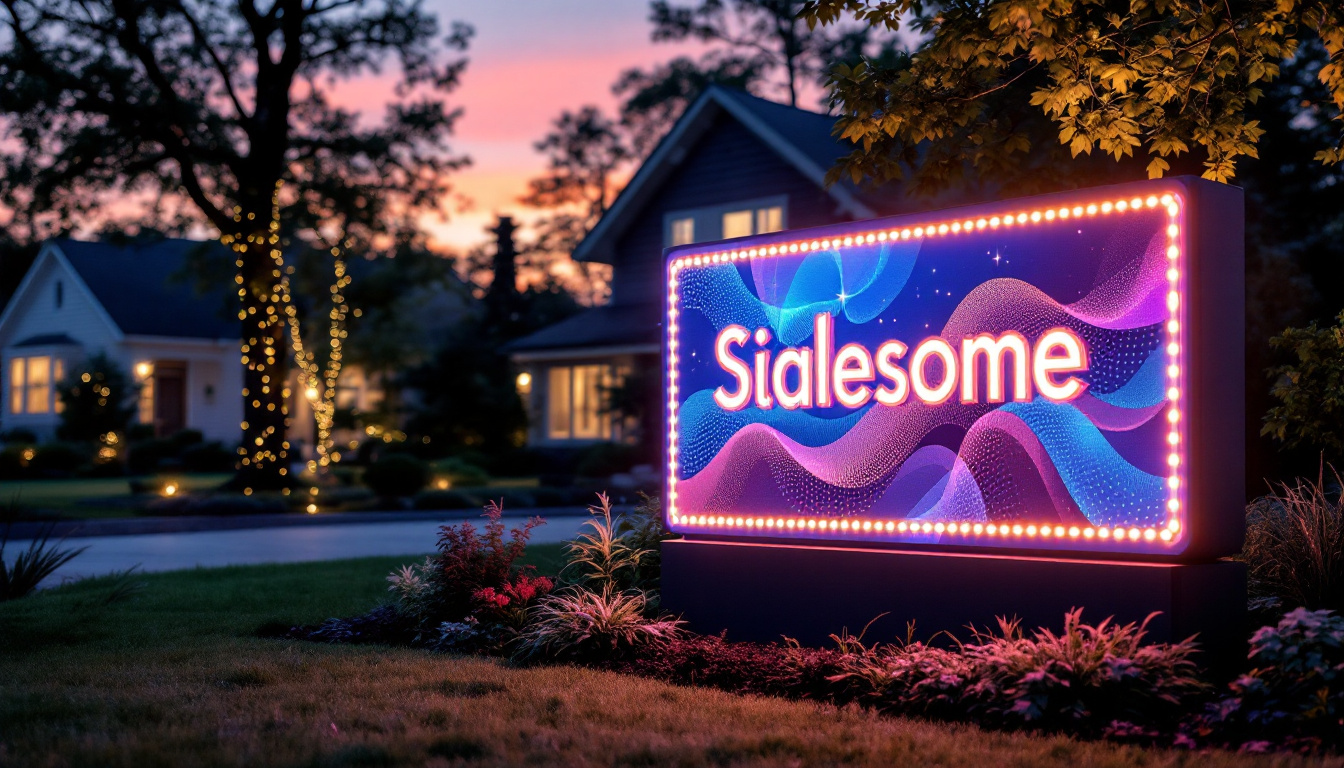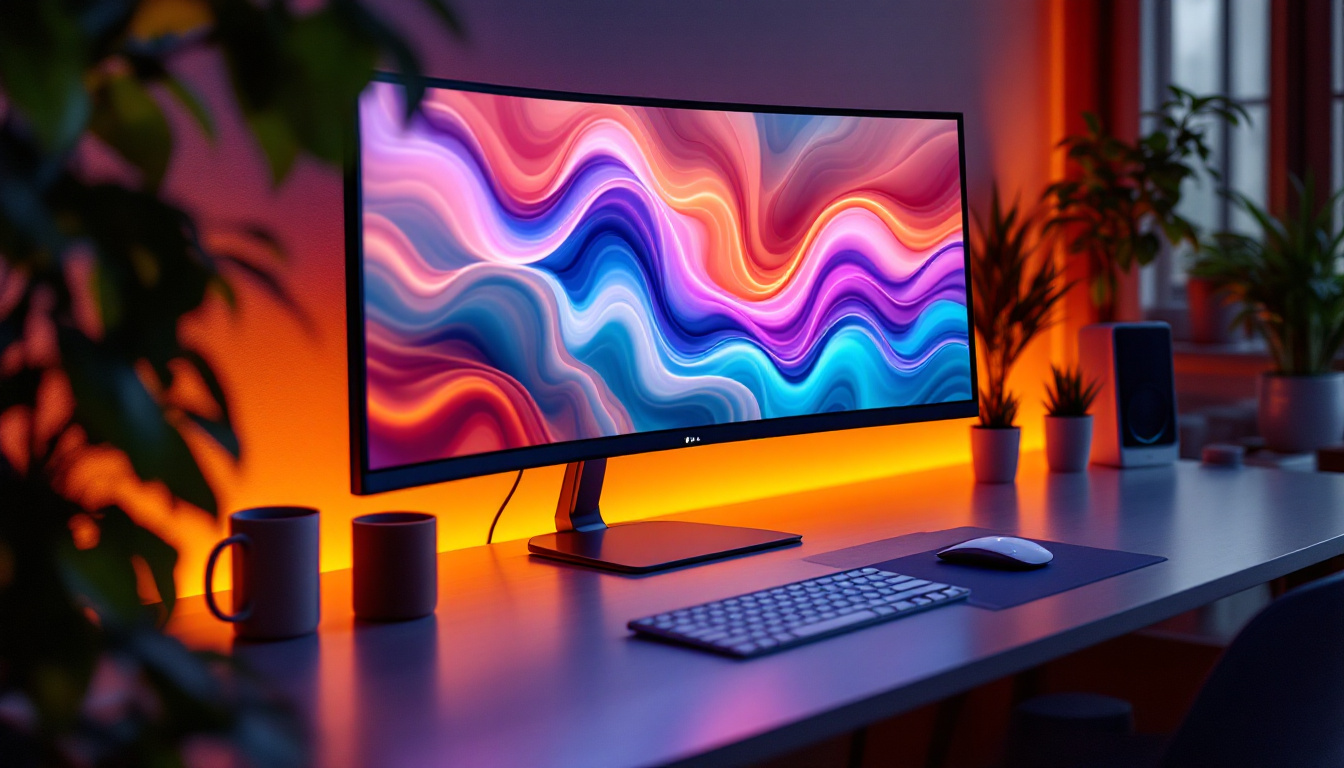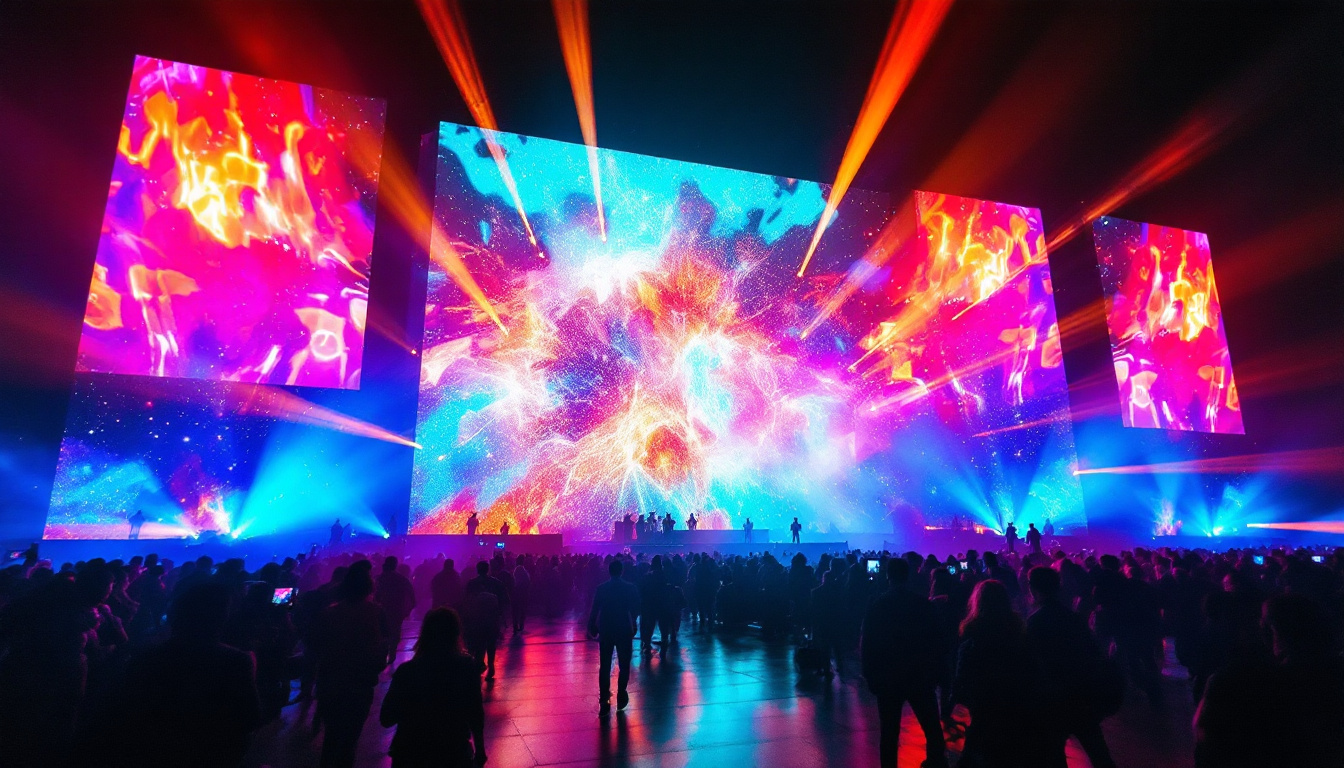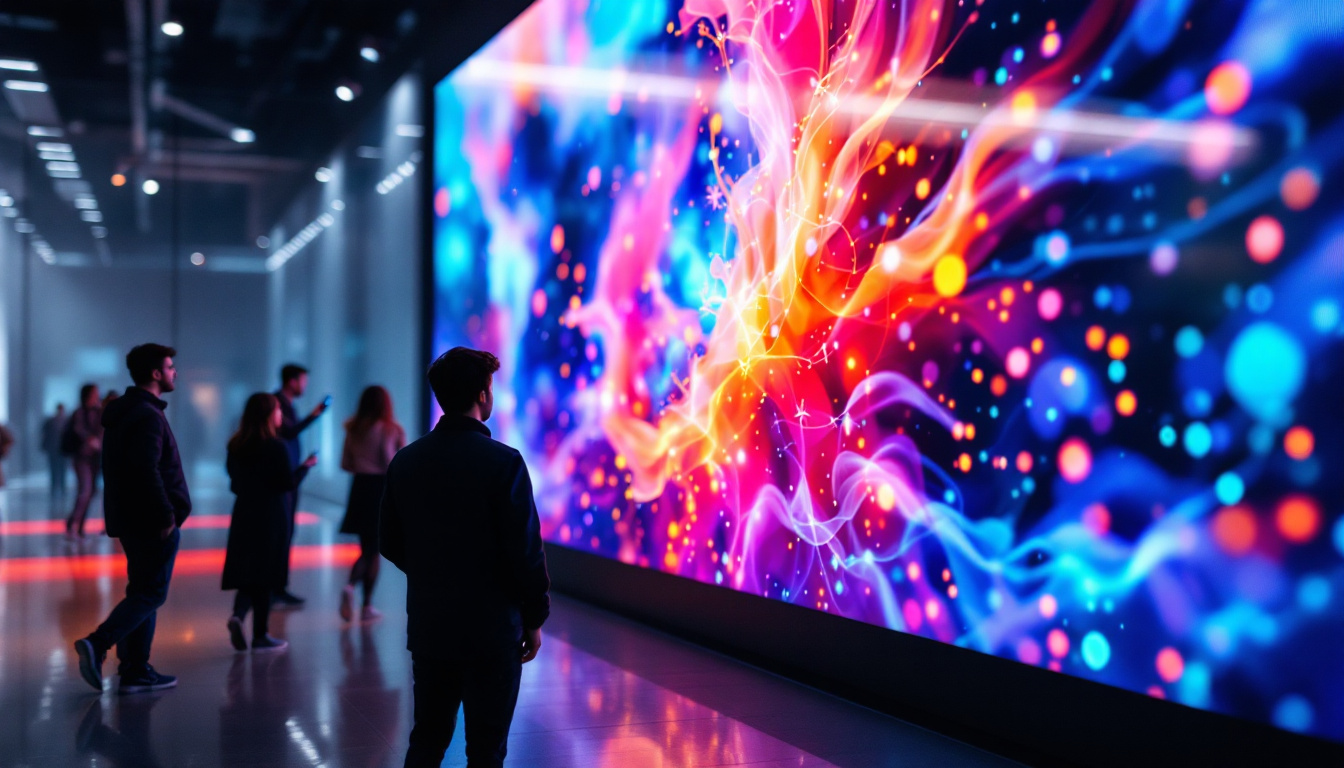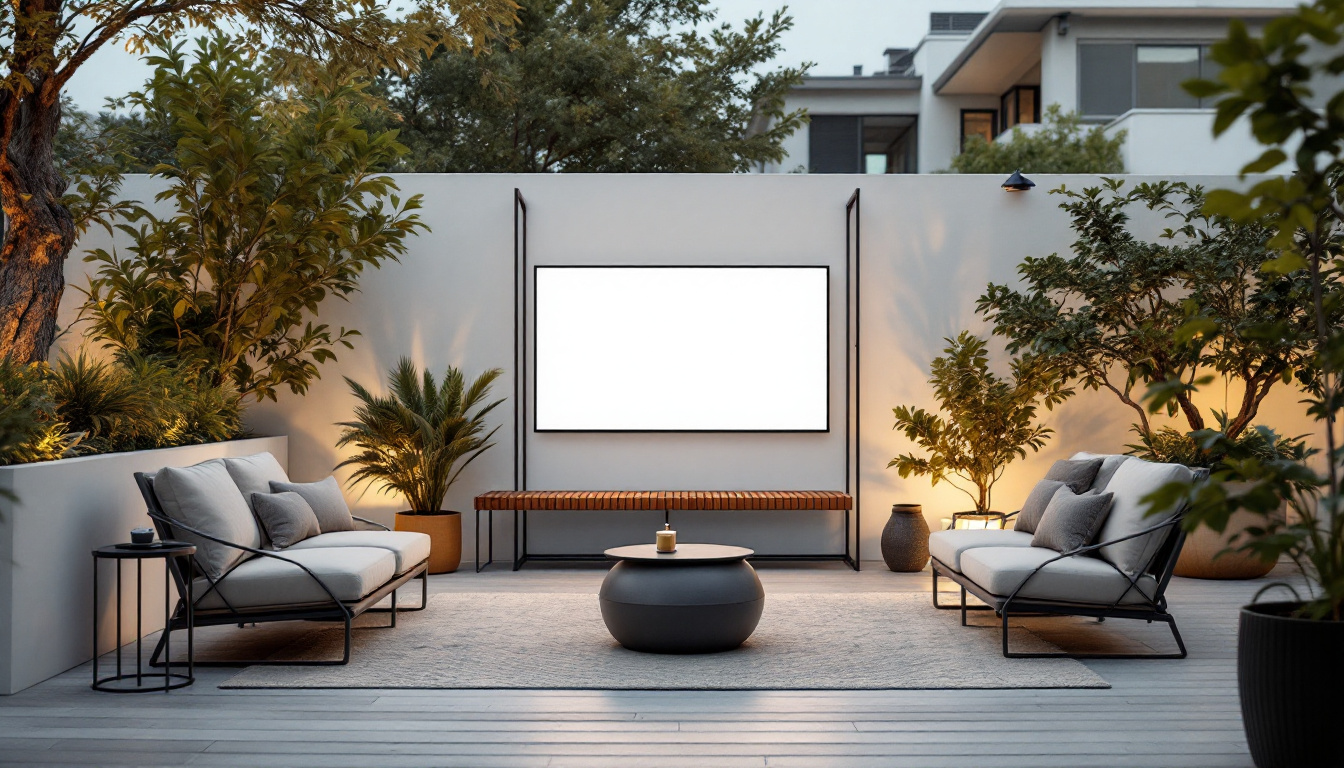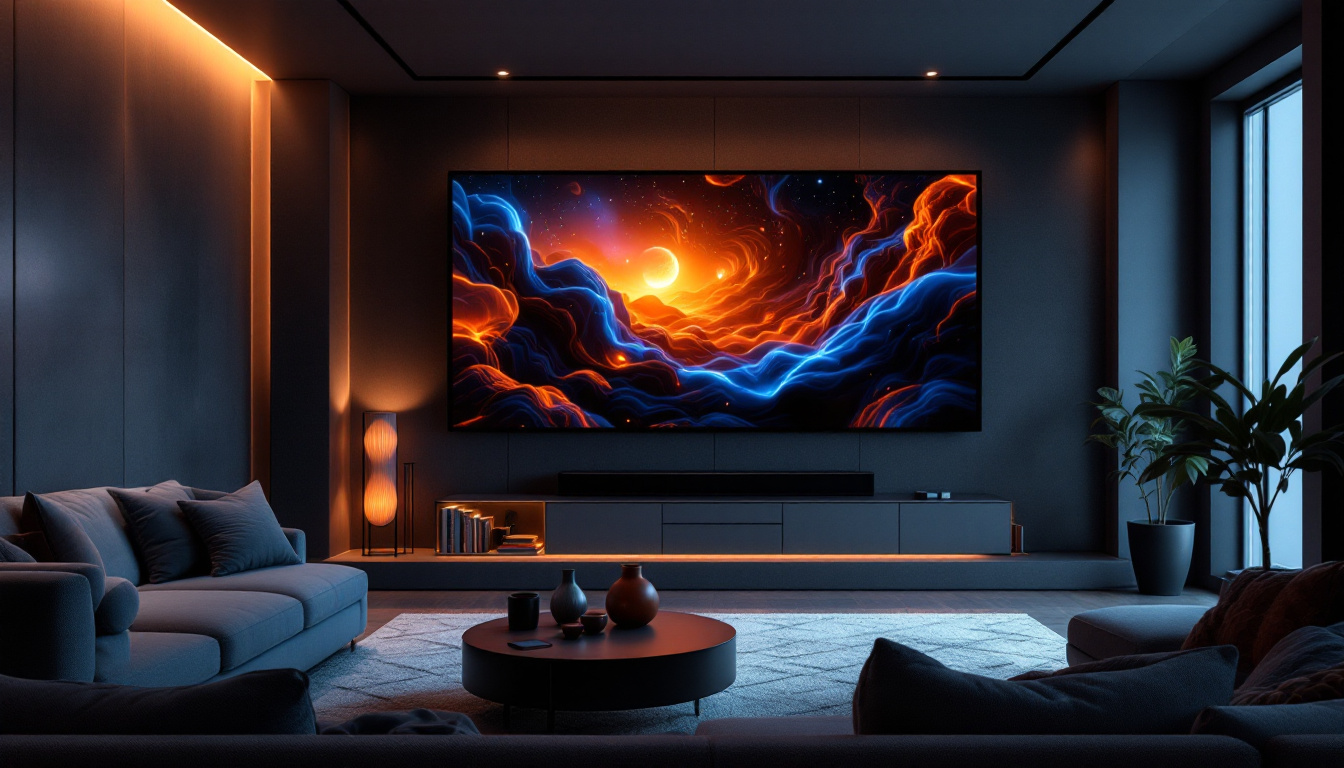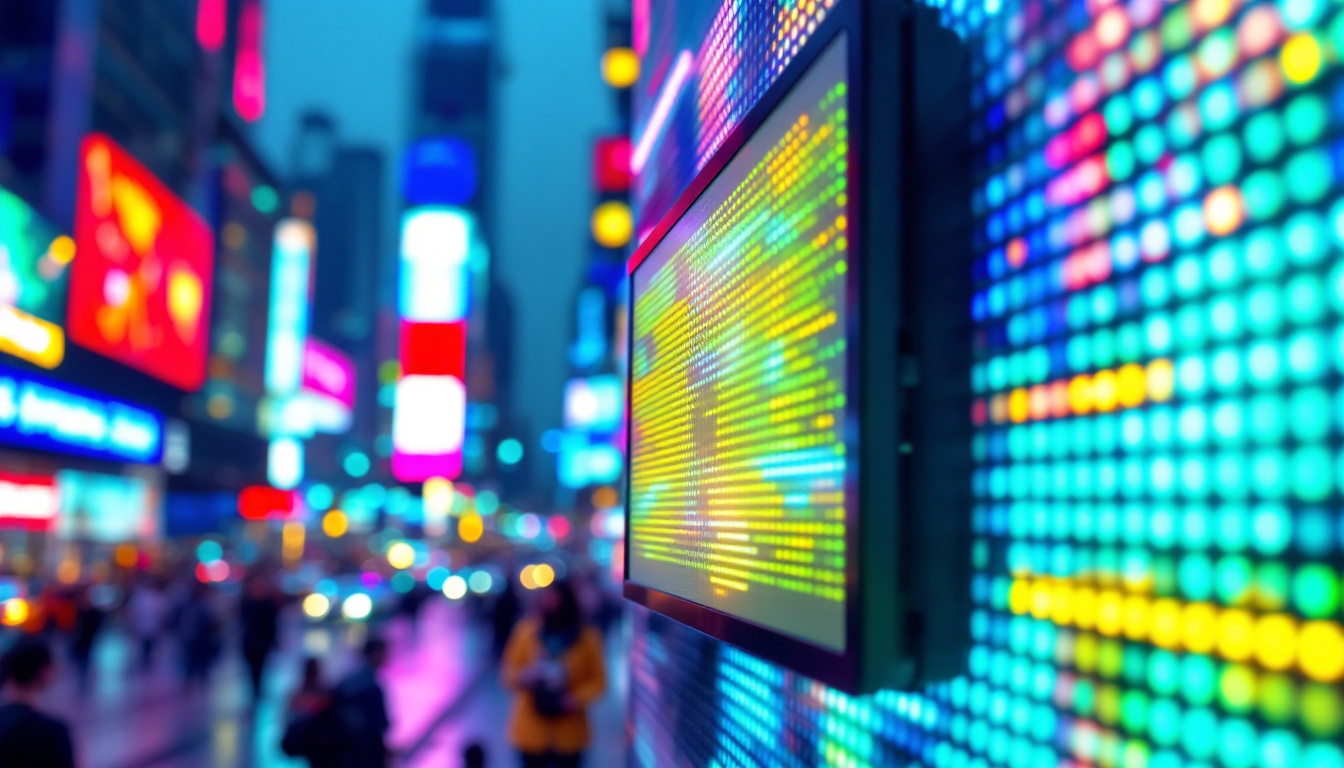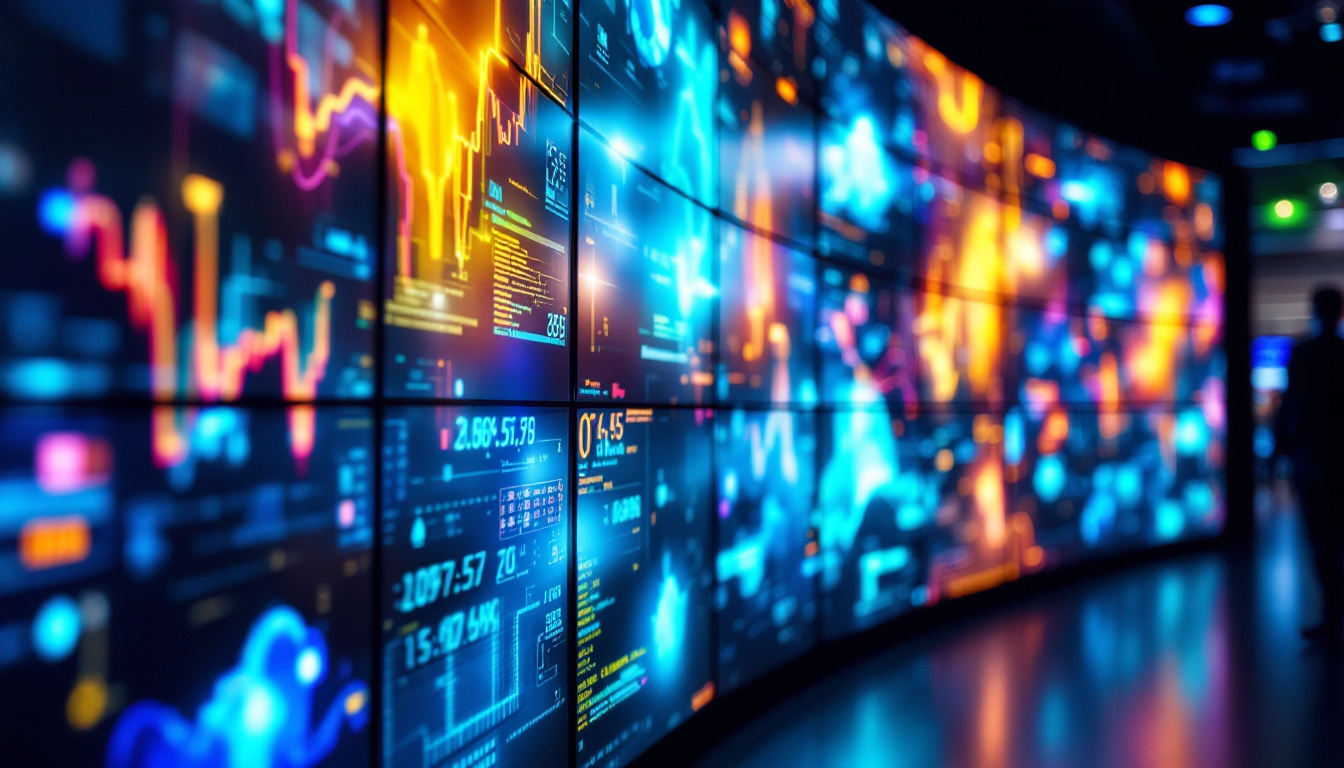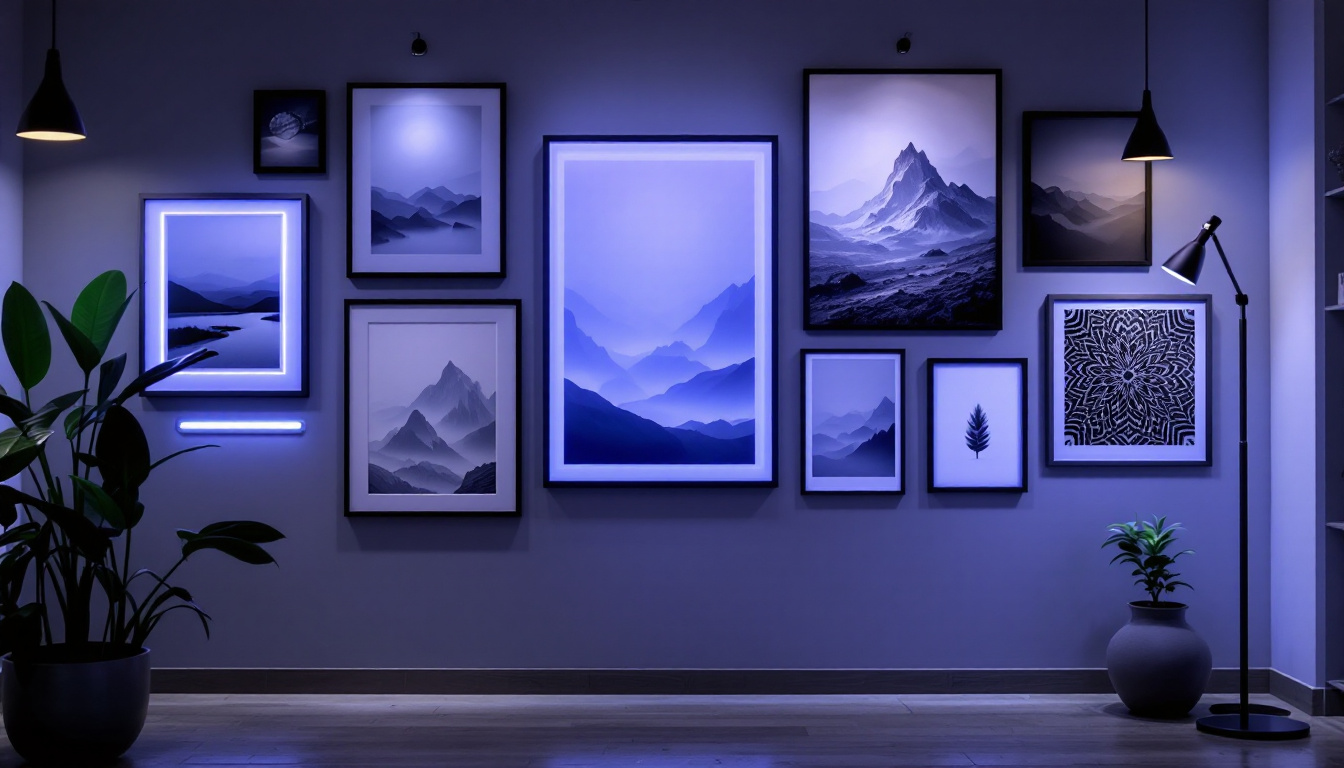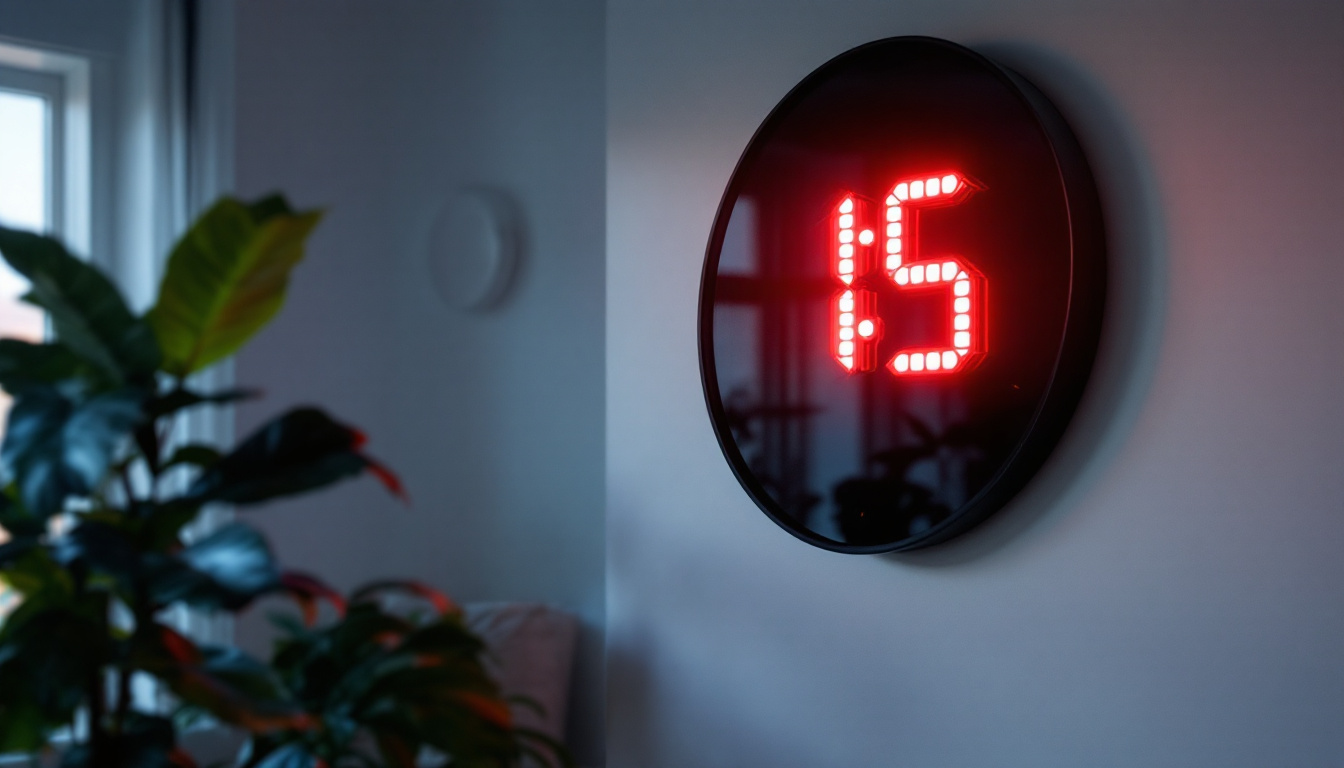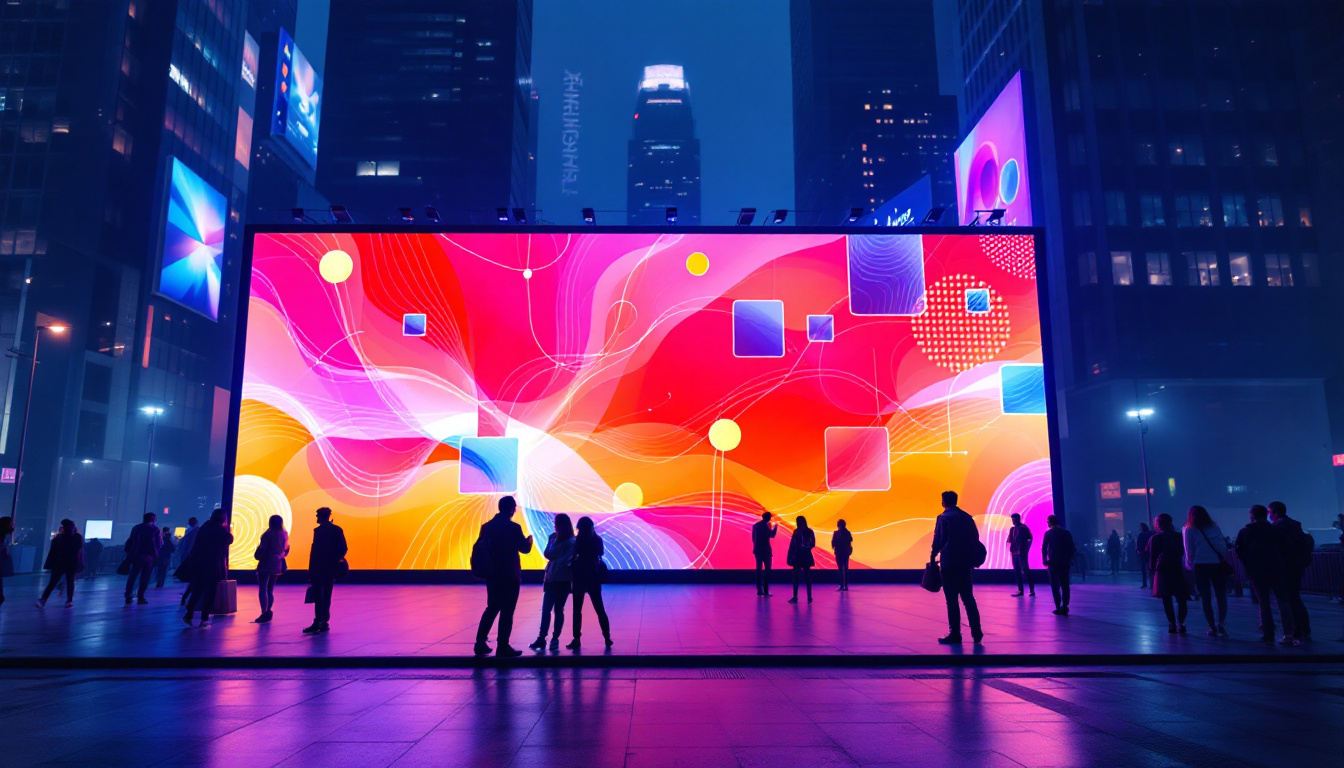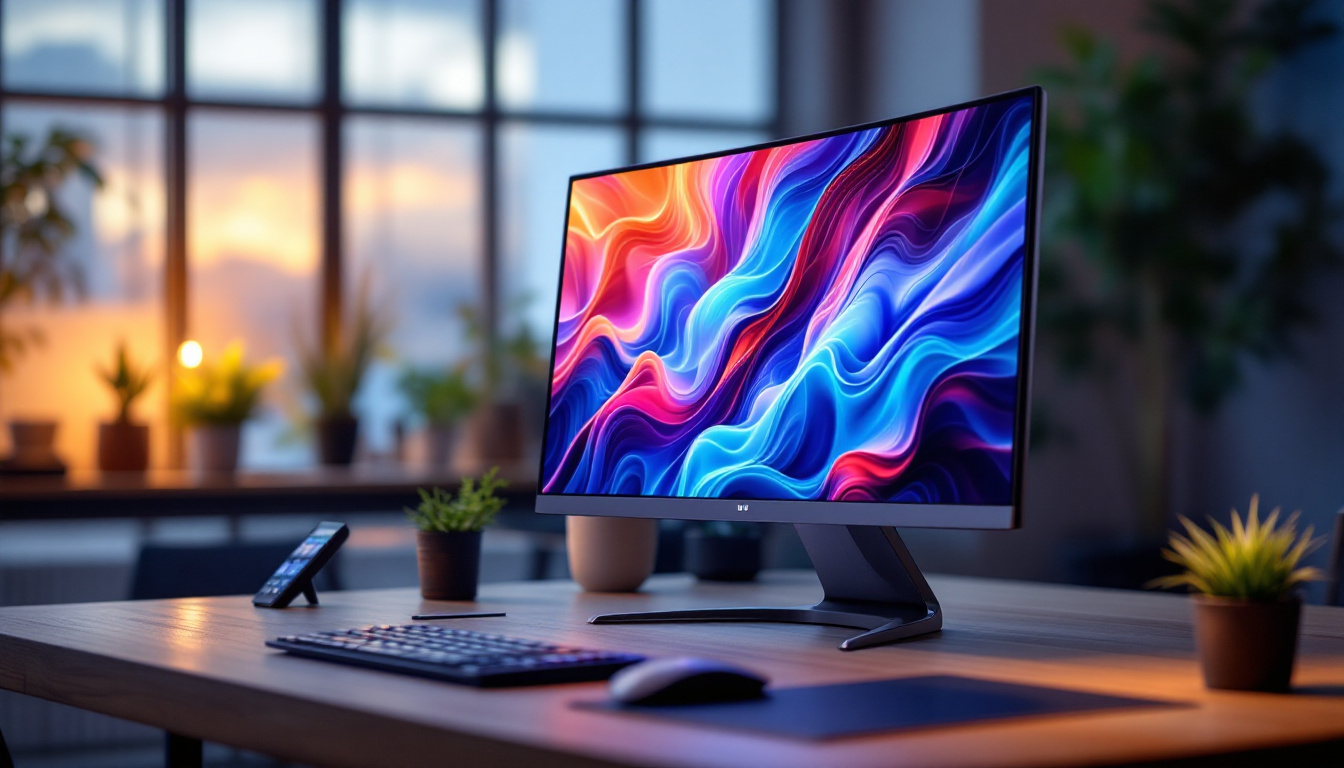Power Consumed By LED: LED Display Explained
In the modern world, LED (Light Emitting Diode) technology has revolutionized the way we perceive light and color. From household lighting to large-scale displays, LEDs have become a staple due to their energy efficiency and versatility. This article delves into the power consumption of LEDs, particularly in the context of LED displays, and explores how this technology works, its benefits, and its applications.
Understanding LED Technology
LEDs are semiconductor devices that emit light when an electric current passes through them. Unlike traditional incandescent bulbs, which produce light by heating a filament, LEDs generate light through electroluminescence. This process involves the movement of electrons within the semiconductor material, resulting in the emission of photons. The efficiency of this process is one of the key reasons why LEDs have become the preferred choice for lighting solutions in both residential and commercial settings.
The Components of an LED
To fully appreciate how LEDs function, it’s essential to understand their components. An LED typically consists of a chip made from a semiconductor material, encapsulated in a plastic or glass housing. The semiconductor chip is often made from materials like gallium arsenide or gallium phosphide, which are chosen for their efficient light-emitting properties. These materials not only enhance light output but also contribute to the overall durability of the LED, making them suitable for a variety of environments.
Additionally, LEDs are often equipped with a heat sink to dissipate heat generated during operation. This is crucial for maintaining performance and longevity, as excessive heat can negatively impact the LED’s efficiency and lifespan. The design of the heat sink can vary, with some incorporating advanced materials or designs to maximize heat dissipation, thus ensuring that the LED operates at optimal temperatures even in high-demand situations.
Types of LEDs
There are various types of LEDs, each designed for specific applications. Some common types include:
- Standard LEDs: Used in indicators and displays.
- High-Power LEDs: Employed in lighting applications.
- RGB LEDs: Capable of producing a wide range of colors, often used in decorative lighting and displays.
Understanding these types helps in selecting the right LED for a particular application, especially when considering power consumption and efficiency. For instance, high-power LEDs are often utilized in street lighting and industrial applications due to their ability to emit a significant amount of light while consuming less energy compared to traditional lighting solutions. On the other hand, RGB LEDs are particularly popular in the entertainment industry, where dynamic color changes and effects are essential for creating immersive experiences.
Moreover, advancements in LED technology have led to the development of smart LEDs that can be controlled remotely via smartphones or integrated into home automation systems. These smart LEDs not only allow users to adjust brightness and color but also offer energy-saving features that can significantly reduce electricity bills. As technology continues to evolve, the versatility and efficiency of LEDs will likely expand, paving the way for even more innovative applications in the future.
Power Consumption of LEDs
One of the most significant advantages of LED technology is its low power consumption compared to traditional lighting solutions. LEDs consume significantly less energy while providing the same or even greater brightness levels. This section explores how power consumption is measured and what factors influence it.
Measuring Power Consumption
Power consumption in LEDs is typically measured in watts. The wattage indicates how much electrical power the LED uses to produce light. For instance, a standard LED bulb may consume anywhere from 5 to 15 watts, depending on its brightness and design, while an incandescent bulb producing similar light levels may consume 40 watts or more.
When evaluating power consumption, it’s also essential to consider the lumen output, which measures the brightness of the light emitted. The higher the lumen output per watt, the more efficient the LED is considered. This efficiency is often referred to as luminous efficacy. In fact, some high-performance LEDs can achieve luminous efficacies exceeding 200 lumens per watt, making them a highly efficient choice for both residential and commercial lighting applications. This remarkable efficiency not only reduces energy costs but also contributes to lower carbon emissions, making LEDs an environmentally friendly option.
Factors Affecting Power Consumption
Several factors can influence the power consumption of an LED display:
- Size of the Display: Larger displays require more LEDs, thus increasing overall power consumption.
- Brightness Settings: Higher brightness settings consume more power.
- Color Display: Different colors require varying amounts of energy; for example, blue LEDs typically consume more power than red or green.
Understanding these factors is crucial for optimizing energy use, especially in commercial applications where operational costs can be significant. Additionally, the design and technology of the LED itself play a vital role in power consumption. For example, advancements in driver technology can enhance the efficiency of LED systems by regulating power more effectively, reducing waste and ensuring that the LEDs operate at their optimal performance levels. Furthermore, the use of smart lighting systems that adjust brightness based on ambient light conditions can lead to further reductions in power consumption, demonstrating the potential for innovation in energy-efficient lighting solutions.
Advantages of LED Displays
LED displays are becoming increasingly popular in various settings, from advertising billboards to sports arenas. Their advantages extend beyond just power consumption, making them a preferred choice for many applications.
Energy Efficiency
One of the most compelling advantages of LED displays is their energy efficiency. Compared to traditional display technologies, such as LCD or CRT, LEDs consume significantly less power. This efficiency translates to lower electricity bills and a reduced carbon footprint, making LEDs an environmentally friendly option.
Moreover, the long lifespan of LEDs—often exceeding 25,000 hours—means that they require less frequent replacement, further contributing to energy savings over time.
Brightness and Visibility
LED displays are known for their high brightness levels, making them visible even in direct sunlight. This characteristic is particularly beneficial for outdoor advertising and public information displays, where visibility is crucial.
Additionally, LEDs can produce vibrant colors and high contrast ratios, enhancing the overall visual experience. This capability allows for dynamic content that can capture attention and convey messages effectively.
Applications of LED Displays
LED displays are utilized in a wide range of applications, showcasing their versatility and effectiveness. From small-scale uses to large installations, the potential for LED technology is vast.
Advertising and Marketing
One of the most common applications of LED displays is in advertising. Digital billboards and signage use LED technology to deliver eye-catching advertisements that can be updated in real-time. This flexibility allows businesses to tailor their marketing strategies based on current promotions or events.
Moreover, the ability to display animations and videos enhances engagement, making LED displays a powerful tool in the marketing arsenal.
Sports and Entertainment
In the realm of sports, LED displays are used for scoreboards, video screens, and advertising around stadiums. Their high brightness and clarity ensure that fans can easily follow the action, regardless of their seating position.
In entertainment venues, LED screens are often employed for stage backdrops, providing dynamic visuals that enhance performances. The versatility of LED technology allows for creative designs that can transform any event.
Challenges and Considerations
While LED displays offer numerous advantages, there are also challenges and considerations that need to be addressed. Understanding these aspects is essential for making informed decisions regarding their use.
Initial Costs
The initial investment in LED technology can be higher than traditional display options. Although the long-term savings in energy costs and maintenance may offset this initial expense, budget constraints can be a barrier for some organizations.
It’s crucial for businesses to conduct a cost-benefit analysis to determine the feasibility of investing in LED displays, taking into account potential savings over time.
Heat Management
As previously mentioned, heat management is vital for the longevity and performance of LED displays. While LEDs produce less heat than traditional lighting, they still generate some heat that needs to be managed effectively. Poor heat dissipation can lead to reduced efficiency and a shorter lifespan.
Incorporating adequate cooling systems and ensuring proper ventilation can mitigate these issues, but they add to the overall design complexity and cost.
The Future of LED Technology
The future of LED technology looks promising, with ongoing advancements aimed at improving efficiency, reducing costs, and expanding applications. Innovations in materials and design are paving the way for even more energy-efficient and versatile LED displays.
Smart LED Displays
With the rise of smart technology, LED displays are becoming increasingly integrated with digital systems. Smart LED displays can connect to the internet, allowing for remote management and real-time updates. This connectivity enhances the functionality of LED displays, enabling businesses to respond quickly to changing conditions or promotional needs.
Furthermore, the integration of sensors can optimize power consumption based on environmental factors, such as ambient light levels, further enhancing energy efficiency.
Advancements in Color and Brightness
Research is ongoing to enhance the color range and brightness levels of LEDs. Emerging technologies, such as quantum dots, promise to improve color accuracy and expand the spectrum of colors that can be produced by LEDs. These advancements will likely lead to even more vibrant and engaging displays.
Conclusion
LED technology has transformed the landscape of lighting and display solutions, offering unparalleled energy efficiency, brightness, and versatility. Understanding the power consumption of LED displays is crucial for optimizing their use in various applications, from advertising to entertainment. While challenges exist, the advantages of LED technology far outweigh the drawbacks, making it a preferred choice for many businesses and organizations.
As advancements continue to emerge, the future of LED displays looks bright, promising even greater efficiency and functionality. Embracing this technology not only contributes to cost savings but also supports a more sustainable approach to lighting and visual communication.
Explore Cutting-Edge LED Solutions with LumenMatrix
Ready to elevate your visual communication with the latest in LED technology? Discover LumenMatrix’s innovative LED display modules, designed to boost brand visibility and create immersive visual experiences. Whether you need an Indoor LED Wall Display, a vibrant Outdoor LED Wall Display, or specialized solutions like Vehicle LED Displays, LED Sports Displays, or even Custom LED Displays, LumenMatrix has you covered. Embrace the future of digital signage with our All-in-One and Transparent LED Displays, and see how our commitment to excellence can transform your space. Check out LumenMatrix LED Display Solutions today and step into a world of vivid colors and dynamic presentations.

